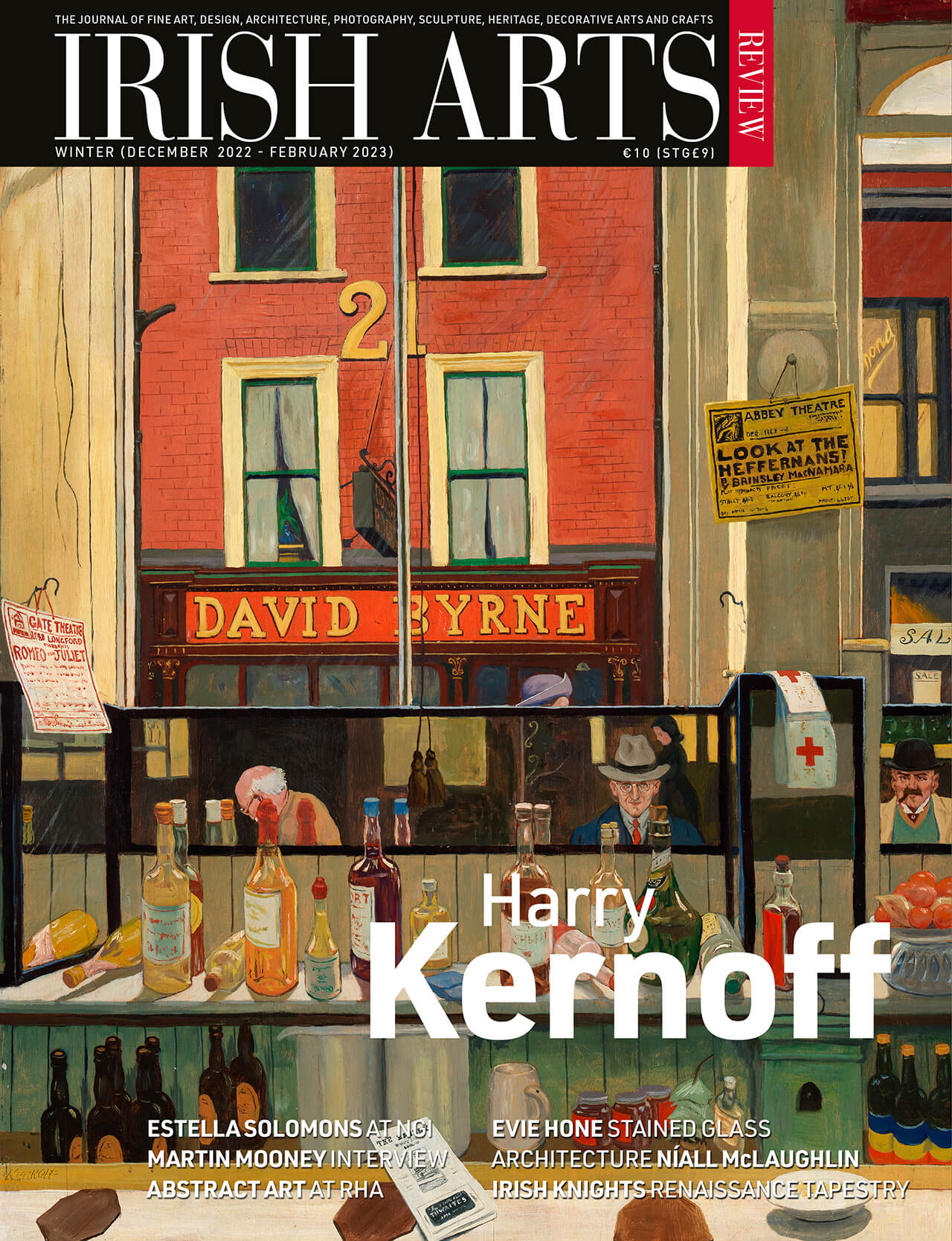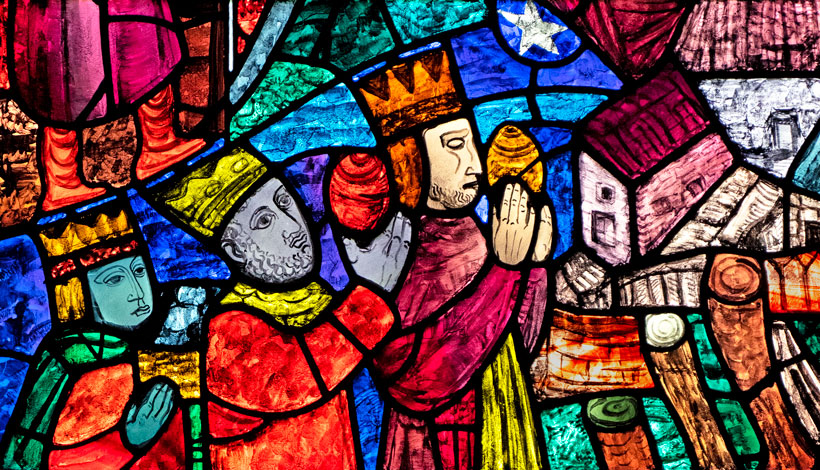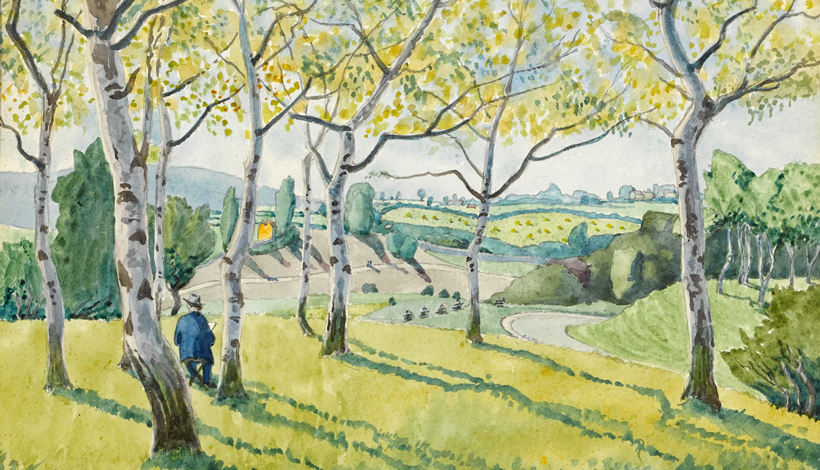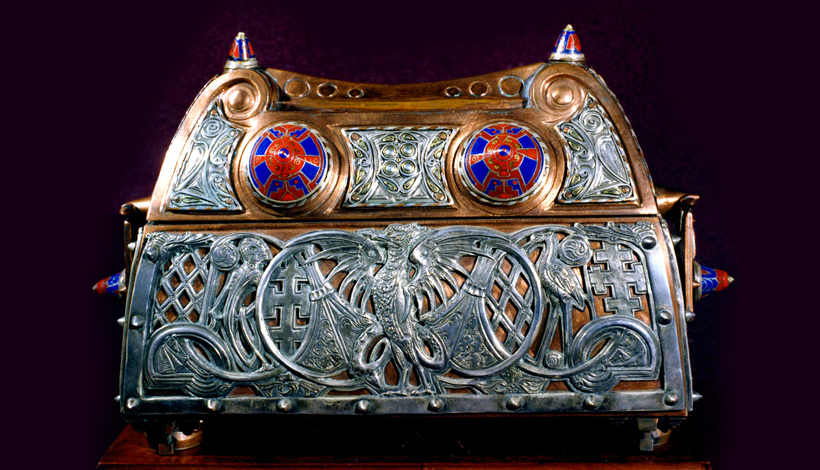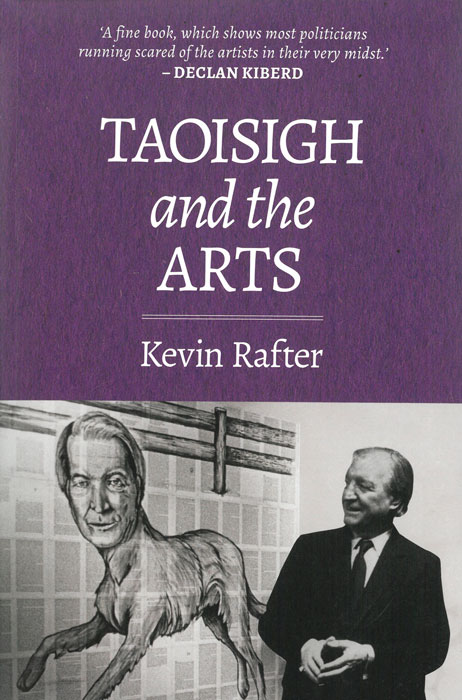
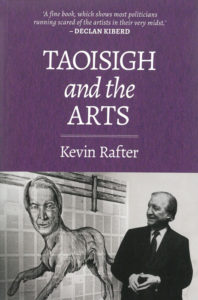 Kevin Rafter
Kevin Rafter
Martello Publishing, 2022
pp 256 fully illustrated p/b
€14.95 ISBN: 978-1-99989-688-1
Patrick J Murphy
This book is a fascinating read for all who are interested in the development of Irish culture since independence. The author, Kevin Rafter, is the current chairperson of the Arts Council. He has a special interest in the visual arts, poetry and theatre and for many years was a distinguished political journalist, which gave him unrivalled insights into the thoughts and actions of leading Irish politicians. The facts are carefully researched and accompanied by many anecdotes that shed light on who were the important taoisigh when it came to the development of the arts nationwide.
We learn that WT Cosgrave and Éamon de Valera, preoccupied with what they regarded as more pressing matters, were not particularly interested in the arts. Yet Cosgrave nominated WB Yeats and Oliver St John Gogarty to the Senate, and de Valera was vitally concerned with the revival of the Irish language and Ireland’s image in America. Censorship of films began in 1923, and the stained-glass artist of genius Harry Clarke became an early victim of censorship when Cosgrave’s government held back his commissioned window for the League of Nations building in Geneva because it contained small nude images drawn from Irish literature.
The facts are carefully researched and accompanied by many anecdotes that shed light on who were the important taoisigh when it came to the development of the arts nationwide
The reluctant taoiseach John A Costello was the first head of state to have a genuine interest in the arts. He collected fine furniture and Irish silver and bought paintings by Nathaniel Hone the Younger, Evie Hone, WJ Leech and Grace Henry. He considered the National Gallery of Ireland a valuable asset and commissioned Thomas Bodkin to prepare a report on the state of the arts in Ireland, leading to the establishment of the Arts Council in 1951.
Fianna Fáil replaced Cumann na nGaedheal in 1932. Department of Finance officials in the 1950s considered that the Arts Council provided ‘a non-essential service’ and were initially reluctant to fund it, even to the low level of £20,000 a year, demanding a reduction in some subsequent years. However, in 2023, the Arts Council grant stands at the substantial figure of €130 million.
Seán Lemass, Garret Fitzgerald and Jack Lynch left no particular imprint on the development of the arts in Ireland. That role would fall on the shoulders of the dynamic, ambitious Charles J Haughey, who became the outstanding Fianna Fáil patron of the arts, even before he became taoiseach. With his arts advisor, the writer Anthony Cronin, he introduced a valuable income-tax exemption scheme for creative artists and later brought into being the visionary Aosdána academy, which honours distinguished artists and pays modest stipends from public funds to artists in need. He also helped bring about the Rosc international art exhibitions and turned the Royal Hospital, Kilmainham into the Irish Museum of Modern Art in 1990.
The cover of this excellent book features Charles J Haughey viewing a portrait of himself as ‘a noble Irish wolfhound’ by the American artist group Tim Rollins and KOS (Kids of Survival) from the Rosc ’88 exhibition. It was intended to be a tribute to the taoiseach for his contribution to the arts in Ireland. However, it did not please him as much as earlier portraits by Robert Ballagh and Edward McGuire, where the sitter could specify in advance the image he desired.
Patrick J Murphy is an art collector, author and former Chairman of the Arts Council of Ireland.
